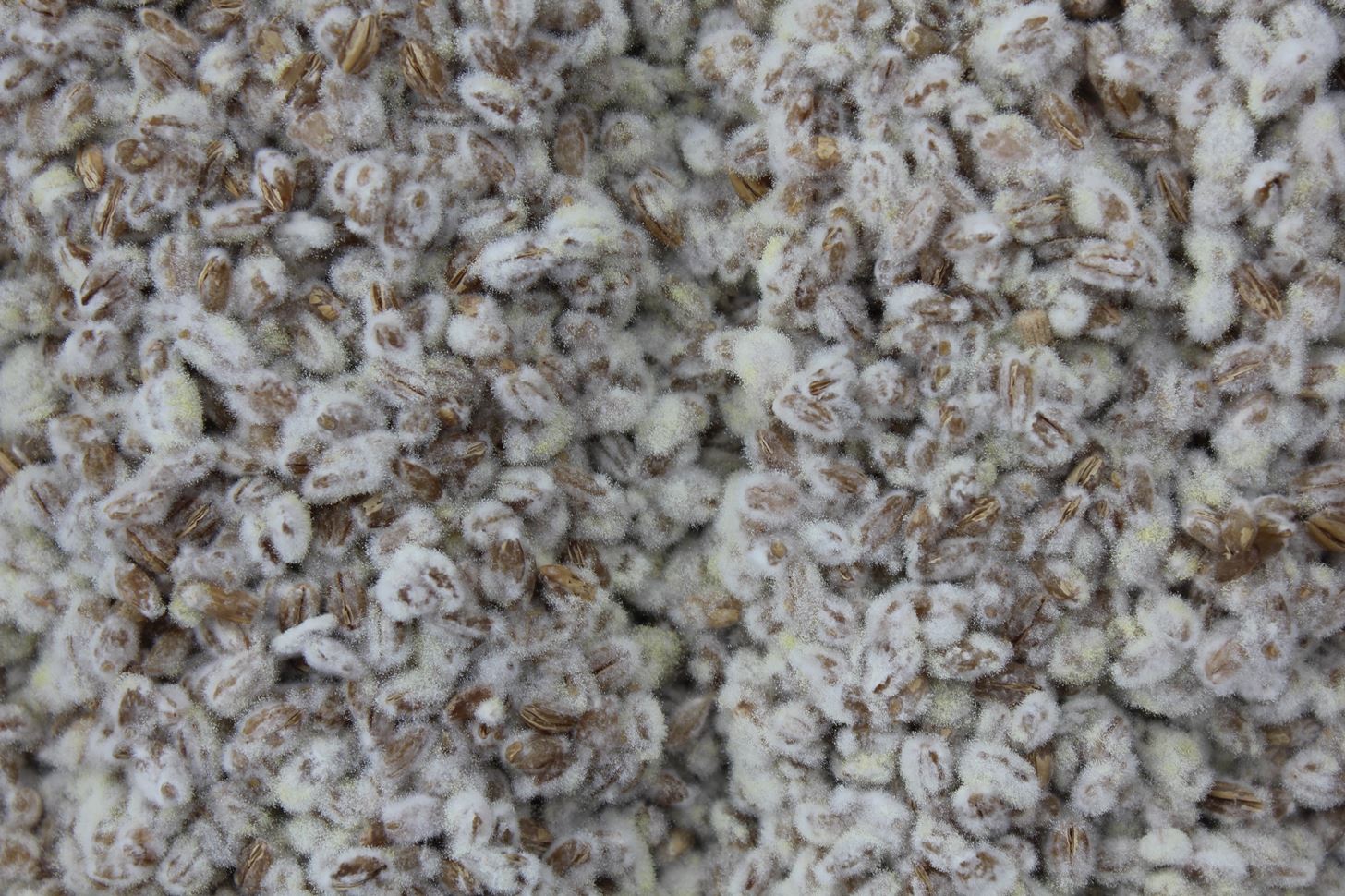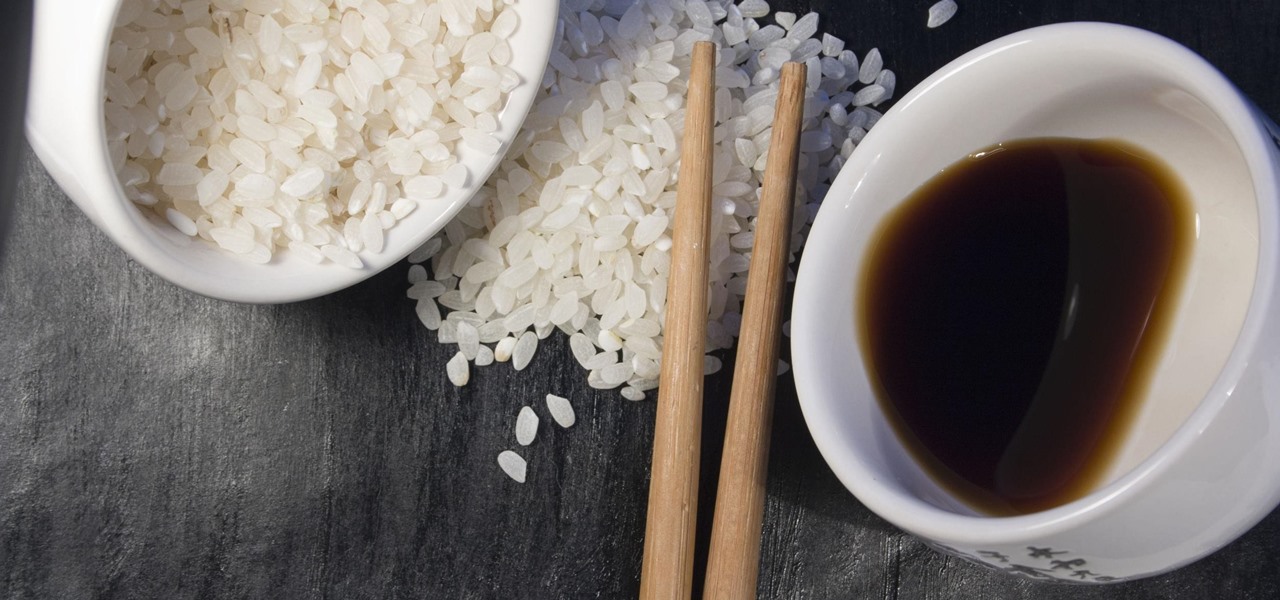Koji is a culture made up of a certain fungus (mold) called Aspergillus oryzae, which has been used to ferment rice and soybeans in Japanese, Chinese, and Korean kitchens for centuries. Koji can actually have other involved fungi, but Aspergillus oryzae is the most common, and therefore the names can be used interchangeably. Its end purpose is to enhance the flavor of items like soy sauce, sake, and miso.
Fungus-infused rice may seem unappetizing, but this mold is one of the good guys and is a far cry from the fuzzy mold you see on expired food or fruit that has overstayed its welcome. It has been so valuable in Japanese culinary traditions that it has been honored with the title of "national fungus" by Dr. Eiji Ichishima of Tohoku University.

How Koji Is Made
The initial step in creating koji is to add the fungus to a steamed food that needs to be fermented. After the two ingredients are combined, they are typically left to up to 50 hours in wooden trays, called koji buta. This cozy, humid environment allows the fungus to work its magic by using enzymes to break down proteins into amino and fatty acids, and complex carbohydrates into simple sugars.
If you want to try out the laborious process of making your own koji, check out the Nordic Food Lab's instructions.
Using Koji in the Kitchen
After its initial fermentation, koji is often added to larger batches of rice or soybeans, along with a brine solution to create a rich umami flavor for a particular food or drink.
One of the biggest uses of koji is in sake (a popular Japanese rice wine). To make sake, steamed rice is combined with koji, and after complex carbohydrates are broken down into simple sugars, yeast is added to ferment the sugars that enable it to become this popular spirit. Mirin, a sweet rice wine, is also made in a similar fashion.

Koji rice can also be made into a seasoning called shio koji that can add a burst of flavor to meat, be used as a base for flavoring pickles, or simply as a healthier salt substitute.
Soybeans are also commonly used with koji to produce the rich, complex flavors that are present in soy sauce and miso. The process for creating these iconic Japanese condiments is very similar to producing koji rice. By mixing cooked soybeans and the koji culture together for miso, or roasted, crushed wheat and the koji culture for soy sauce, you arrive at these well-loved, umami-laden condiments.
Health Benefits of Koji
The health benefits of koji are numerous, including having probiotic properties that include aiding in digestion to boosting your immune system. There have also been studies that have demonstrated that koji-rich foods like miso and soy sauce contain isoflavones that can help prevent cancer.
Where to Find Koji
Koji starters are not something you would find commonly next to the milk in your grocery store or even in a local Asian specialty market. Since they are live cultures, your best bet is to get these cherished microbes online. For koji newbies, here's a great beginner recipe for making koji rice from Todd of Homegrown.org.
If you prefer to leave the scientific experimentation to the professionals, you can get your dose of shio koji in Japanese supermarkets in sauces, salad dressing, and seasonings.
Now that you know the secret to how soy sauce, miso, sake, and mirin get their rich umami flavor, why not try a koji-based seasoning on meats or in your next batch of pickles? Let us know how it goes in the comments section below!
Just updated your iPhone? You'll find new emoji, enhanced security, podcast transcripts, Apple Cash virtual numbers, and other useful features. There are even new additions hidden within Safari. Find out what's new and changed on your iPhone with the iOS 17.4 update.



























Be the First to Comment
Share Your Thoughts